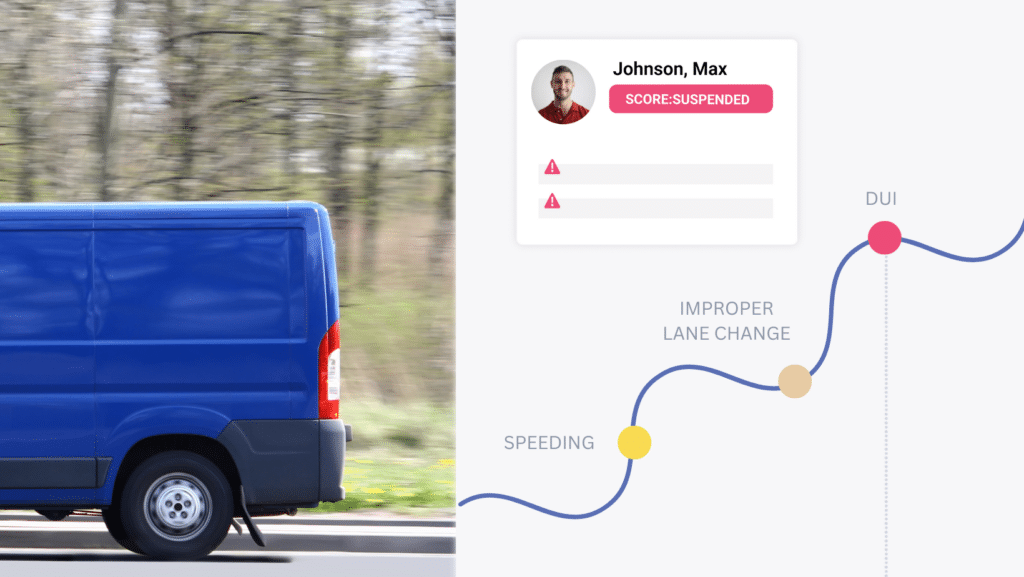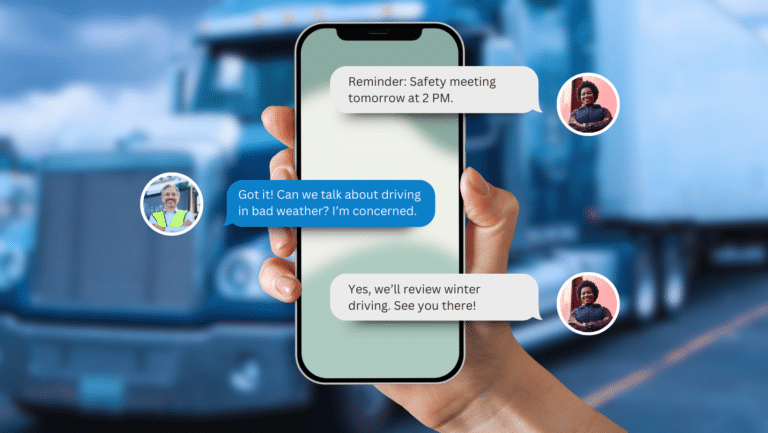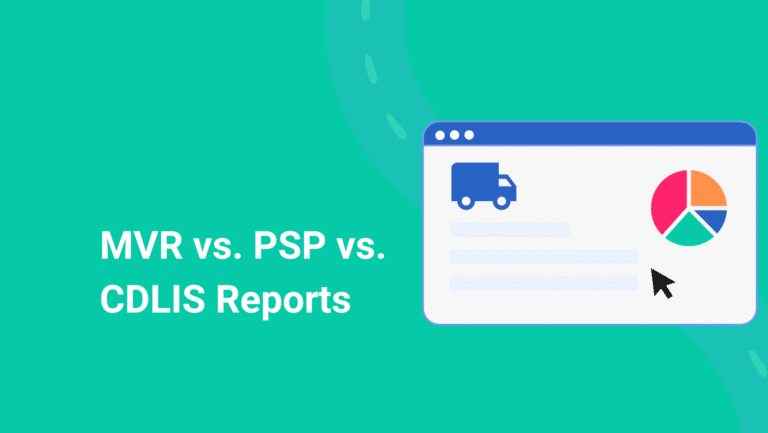Identifying Major vs. Minor Traffic Violations

Understanding Employees’ Driving Records
If your company relies on drivers, you likely understand the importance of having employees with clean driving records as a primary goal. While employers can provide coaching on safe driving practices, violations can still occur. In fact, in 2019, over 34 million traffic tickets were issued in the United States.
Not all driving violations carry the same weight, so treating them equally would be misleading. If you are wondering what are the differences between these violations, keep reading to learn some examples and how to distinguish them.
What Are Major Traffic Violations?
Major traffic violations are any serious infractions that pose significant risks to the safety of the driver, passenger, or any other road user. Some examples of major traffic violations include driving under the influence (DUI/DWI), reckless driving, hit-and-run incidents, excessive speeding, and driving with a suspended license. These offenses often result in increased insurance premiums, fines, and a higher likelihood of accidents and costly litigations.
What Are Minor Traffic Violations?
On other side, minor traffic violations are considered “less severe” compared to major violations. Examples of minor traffic violations include speeding within reasonable limits, failure to use turn signals, parking violations, driving with expired registration or insurance, and failure to wear a seatbelt. While minor traffic infractions are less severe, they can still be indicative of underlying issues or poor driving habits that may lead to more serious incidents in the future.
Major vs. Minor Traffic Violations
Differentiating between major and minor traffic violations is essential for employers when evaluating driving records. Major violations indicate a higher level of risk and potential liability, demanding more immediate attention and appropriate action. Conversely, ignoring minor violations, even though they are less severe, can lead to overlooking a pattern of irresponsible driving behavior.
“Minor fender benders are a sign of distracted driving issues. In the insurance world, frequency breeds severity. Repetitive minor violations indicate a large claim is coming very soon,” said Corey W. Hobbs Agency Principal, Managing Director at Cypress Risk Partners.

Table contains a summary of the Crash Predictor analysis from a study by ATRI. The list is rank ordered by the percentage increase in future crash probability, based on specific violations, convictions and prior crashes.
Most employers find out about new violations when pulling employees’ MVRs at the hiring stage or annually. The problem with this approach is that major and minor violations can happen at any time. Without a proactive risk management program employers are blind on the status of their drivers, exposing the company’s bottom-line for 364 days or until the next MVR check. Download free guide: Annual MVRs vs. MVR Monitoring Technology
How to Identify The Red Flags?
MVR Monitoring technology provides employers the necessary tools to mitigate the risk of unqualified drivers operating company vehicles.

MVR Scoring
Motor Vehicle Record (MVR) scoring evaluates driving records and assigns a color score to reflect an individual’s driving history. This scoring system enables employers to quickly assess the overall risk associated with an employee’s driving habits. It also helps ensure employees are within the safety parameters established by each company’s vehicle safety policy.
With MVR scoring, drivers with sever infractions are flagged allowing employers to swiftly address and mitigate potential liabilities.
Near Real-Time Alerts
MVR scoring together with near real-time alerts take risk management to the next level. MVR monitoring continuously monitor driving records and notify employers of any new violations or incidents. This proactive approach ensures timely action and enables employers to intervene quickly when major or minor violations occur.
Some violations MVR Monitoring report on include (*Reporting and frequency varies by state):
- License changes such as suspensions, revocation or expirations
- Alcohol and drug violations
- Speeding
- Maneuvers — illegal or improper
- Equipment violations/hazards
- Improper driver behavior
Learn how MVR Monitoring can help avoid 5 top FMCSA violations.
Managing fleet safety
Employee driving records provide valuable insights into an individual’s driving history and behavior. Consequently, distinguishing between major and minor traffic violations helps employers assess risks, implement necessary training, and promote road safety. By addressing driver violations immediately, businesses can create a safer work environment and foster a culture of responsible driving.
Learn more about our MVR Monitoring solution
*We are not lawyers. Consult with your legal counsel to ensure your processes and procedures meet/ or exceed safety standards and compliance regulations. Please read our legal disclaimer.






